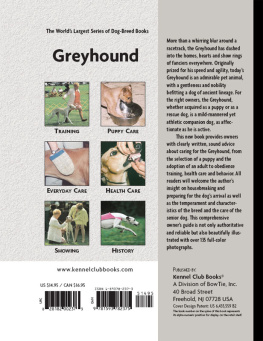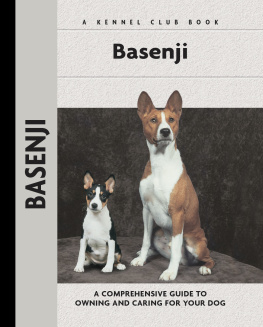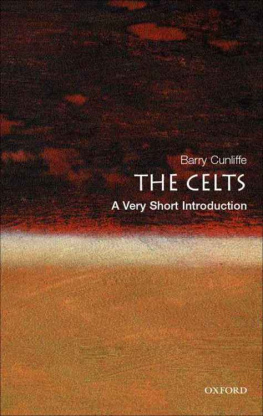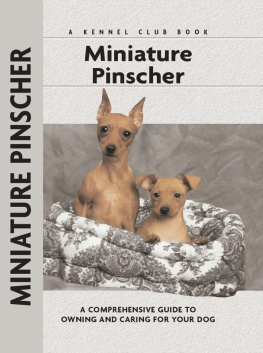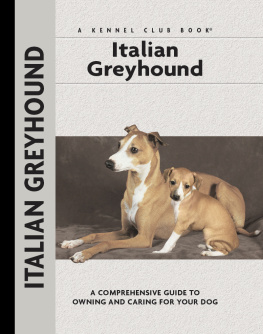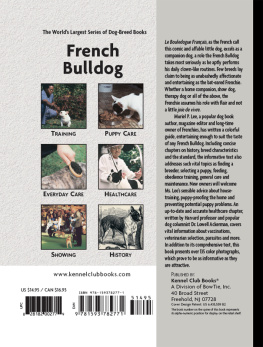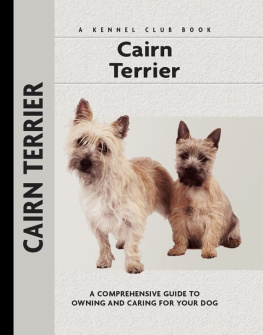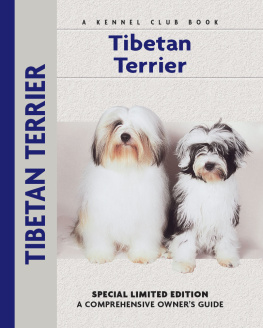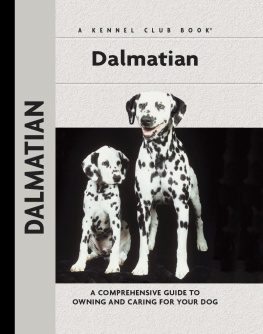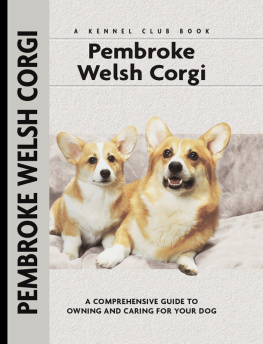Physical Characteristics of the Greyhound
(from the American Kennel Club breed standard)
Head: Long and narrow, fairly wide between the ears, scarcely perceptible stop, little or no development of nasal sinuses, good length of muzzle, which should be powerful without coarseness.
Eyes: Dark, bright, intelligent, indicating spirit.
Teeth: very strong and even in front.
Ears: Small and fine in texture, thrown back and folded, except when excited, when they are semi-pricked.
Neck: Long, muscular, without throatiness, slightly arched, and widening gradually into the shoulder.
Shoulders: Placed as obliquely as possible, muscular without being loaded.
Chest: Deep, and as wide as consistent with speed, fairly well-sprung ribs.
Forelegs: Perfectly straight, set well into the shoulders, neither turned in nor out, pasterns strong.
Coat: Short, smooth and firm in texture.

Back: Muscular and broad.
Weight: Dogs, 65 to 70 pounds; bitches 60 to 65 pounds.
Loins: Good depth of muscle, well arched, well cut up in the flanks.
Tail: Long, fine and tapering with a slight upward curve.
Hindquarters: Long, very muscular and powerful, wide and well let down, well-bent stifles. Hocks well bent and rather close to ground, wide but straight fore and aft.
Feet: Hard and close, rather more hare than catfeet, well knuckled up with good strong claws.

Contents
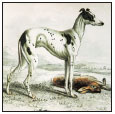
Follow the breeds long and varied historyfrom its ancient beginnings as a venerated sight hound, to valued hunter of British royalty, to competitive courser and racer, to increasingly popular companion and show dog known to fanciers the world over.
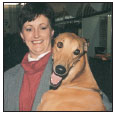
The sleek, graceful lines of an athlete paired with the heart of a champion, the Greyhound is much more than just a racing dog. Meet the gentle, expressive and intelligent personality behind the physical beauty and learn why a growing number of people are choosing to share their lives with this wonderful breed.
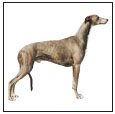
Learn the requirements of a well-bred Greyhound by studying the description of the breed set forth in the American Kennel Club standard. Both show dogs and pets must possess key characteristics as outlined in the breed standard.
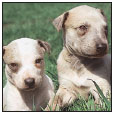
Be advised about choosing a reputable breeder and selecting a healthy, typical puppy. Understand the responsibilities of ownership, including home preparation, acclimatization, the vet and prevention of common puppy problems.
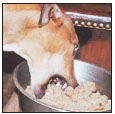
Enter into a sensible discussion of dietary and feeding considerations, exercise, grooming, traveling and identification of your dog. This chapter discusses Greyhound care for all stages of development.
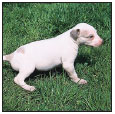
By Charlotte Schwartz
Be informed about the importance of training your Greyhound from the basics of housetraining and understanding the development of a young dog to executing obedience commands (sit, stay, down, etc.).
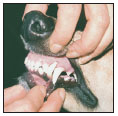
Discover how to select a proper veterinarian and care for your dog at all stages of life. Topics include vaccination scheduling, skin problems, dealing with external and internal parasites and common medical and behavioral conditions.
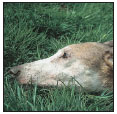
Consider the care of your senior Greyhound, including the proper diet for a senior. Recognize the signs of an aging dog, both behavioral and medical; implement a senior-care program with your veterinarian and become comfortable with making the final decisions and arrangements for your senior Greyhound.
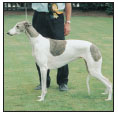
Acquaint yourself with the dog show world, including the basics of conformation showing and the making of a champion. Go beyond the conformation ring to different types of canine competition for the Greyhound.
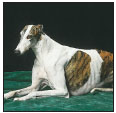
Learn to recognize and handle common behavioral problems in your Greyhound, including barking, separation anxiety, chewing, begging, aggression, etc.
KENNEL CLUB BOOKS GREYHOUND
ISBN 13: 978-1-59378-237-5
Copyright 1999 Kennel Club Books A Division of BowTie, Inc.
40 Broad Street, Freehold, NJ 07728 USA
Cover Design Patented: US 6,435,559 B2 Printed in South Korea
All rights reserved. No part of this book may be reproduced in any form, by photostat, scanner, microfilm, xerography or any other means, or incorporated into any information retrieval system, electronic or mechanical, without the written permission of the copyright owner.
Photography by Carol Ann Johnson
with additional photographs by
Norvia Behling, T. J. Calhoun, Juliette Cunliffe, Doskocil, Isabelle Francais, Bill Jonas, Mikki Pet Products and Steve Sourifman.
Illustrations by Rene Low
The publisher wishes to thank all of the owners whose dogs are illustrated in this book, including the La Grange-Beaume family.

Greyhounds dating back to the second century AD, depicted in a well-known carving housed in the British Museum.

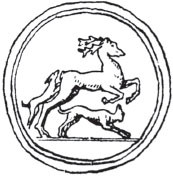
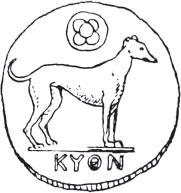
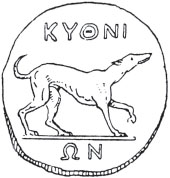
Next page
